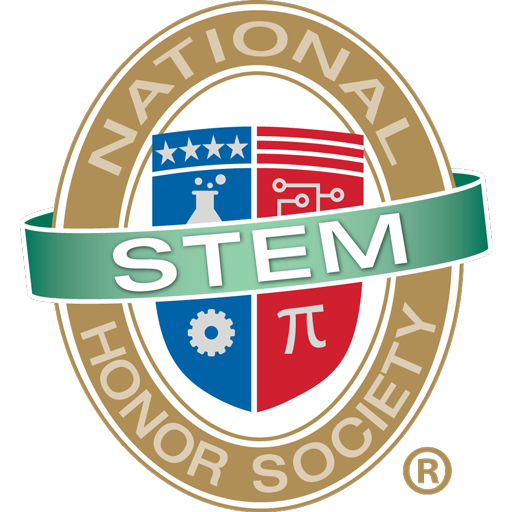Many people have heard of the power of STEAM: Science, Technology, Engineering, Art, and Mathematics. But one of these things is not like the others. What does art have to do with STEM subjects? Why is this movement so popular?
Well, art and science are more closely related than you can imagine. In this blog, we’ll delve into how STEM is already used in the arts, so you too, can combine them with your own time, effort, and ingenuity.
Science
Did you know Leonardo da Vinci was a scientist? That’s right! The same man who painted the “Mona Lisa” was a scientist and a military engineer. After the start of his painting career, da Vinci advocated for an apprenticeship from the Duke of Milan. First, he built a silver lyre (a string instrument) for him by commission. Then, he wrote a letter including sketches of war machines of his own invention on the side. And well, it worked. He became a military engineer for roughly seventeen years.
Leonardo da Vinci often utilized his scientific mind in his art, too. Art and science intersected perfectly in da Vinci’s sketch of ‘Vitruvian Man…’ The now-famous sketch represents da Vinci’s study of proportion and symmetry, as well as his desire to relate man to the natural world.”
As one of the greatest minds of his generation, it’s no surprise he was multitalented. He incorporated scientific concepts like these into his paintings by simply attempting to hone-in his craft. In the next section, we’ll even talk about his most famous painting, the “Mona Lisa.”
His artwork involved scientific development in art well after his passing. His painting “The Last Supper,” for example, quickly deteriorated, and for a long time, it was unable to be restored. In recent years, scientists have developed a modern technique that works with the tempera paint to successfully restore da Vinci’s masterpiece.
Math
Did you know math is often used for design purposes? In fact, the most popular instance of this is the Fibonacci Sequence which is found everywhere — in nature, in art, and in architecture.
To Leonardo Fibbonacci, math is art. In his opinion, the order that perfect proportions brought to art, nature, and architecture was
marvelous and beautiful. So, it’s no surprise that he is responsible for the Fibonacci Sequence (i.e. the Golden Ratio) that is popularly recognized in art and design fields.
In layman’s terms, the sequence consists of numerals where each number is the sum of the proceeding two numbers. So, Fibonacci’s Sequence looks like this: 1, 1, 2, 3, 5, 8, 13, 21, 34, 55, and so on. Years later, Robert Simson, a mathematician for University of Glasgow, observed the increase of numbers throughout the sequence. He discovered that the ratio between succeeding numbers eventually approached the golden ratio given the sequence’s continuation. The golden ratio is also known as the number α, and it’s value is equivalent to 1.6180…, or (1 + Square root of=√5)/2.
Fibonacci’s Sequence is a valued design principle today, but it’s also seen throughout artwork, architecture, and nature! One natural occurrence is the stereotypical “seashell spiral.”
Leonardo da Vinci’s “Mona Lisa” utilizes this sequence, but it’s not quite confirmed if it was intentional. There are speculations that it was, in fact, intentional, but
all the evidence on the matter is circumstantial. Regardless, his painting of the “Mona Lisa” perfectly executes the usage of the golden ratio as you can see here.

Scholars believe his other paintings follow the same pattern, but none are as conclusive as his most famous masterpiece.
More on STEM in the Arts…
I hope you’ve learned a bit about the interaction of STEM and the arts. While the link is more evident today, with software like ProCreate or jobs like phone design, the relationship between the two has always existed.
Here at NSTEM™, we encourage the pursuit of art alongside STEM subjects. It’s our belief that creative endeavours lead to creative problem solving. So, get out there, and take an art class! You never know where your “Mona Lisa” moment awaits you.
Written By: Emily Hyser
November 11, 2021

